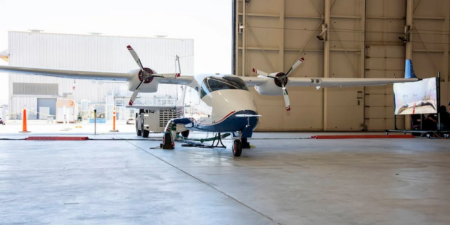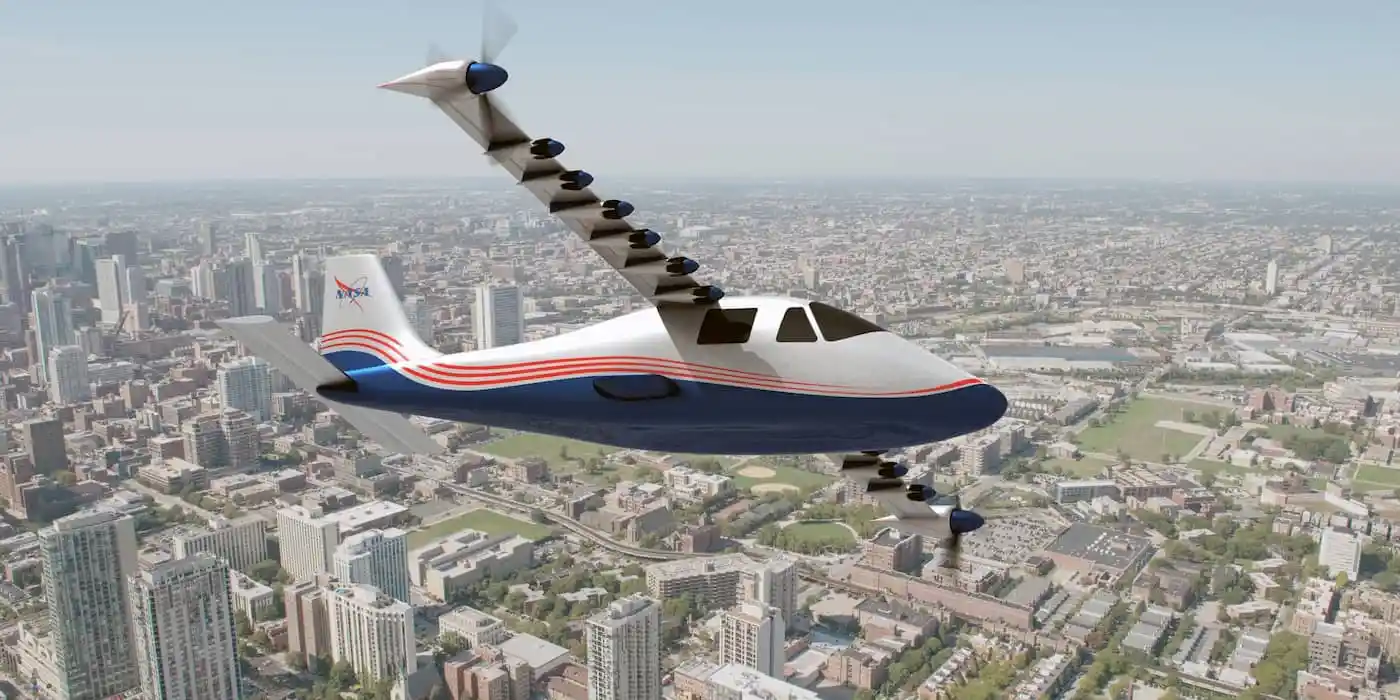
After years of development and recent thermal testing, the X-57 Maxwell electric plane is ready for its maiden flight.
The thermal tests are important because they test the design, performance, and quality of the controllers, the critical components that power the X-57’s experimental electric motors. These complex systems have temperature-sensitive parts and must withstand extreme conditions during flight.
The controllers convert the energy stored in the aircraft’s lithium-ion batteries to power the aircraft’s engines, which drive the propellers. The controllers use silicon carbide transistors, which do not generate excess heat and can be cooled by air passing through the motor.

In a recent test at NASA’s Cleveland Research Center, each of the engine controllers successfully “survived” being in a chamber with the range of temperatures they might encounter during flight (-24 to 64℃).
The X-57 project is part of NASA’s efforts to develop sustainable aviation solutions for the first all-electric aircraft. In December 2017, agency engineers successfully tested the X-57’s battery system, confirming that it would be able to provide the necessary power throughout the flight profile.
After several configurations, the X-57 in its final form has two large engines (60 kW) and 12 smaller electric motors (10.5 kW), which are located along the wings and provide enough power to take off at standard Tecnam P20006T speeds. The X-57 also has two air-cooled lithium-ion batteries weighing 180 kg, which provide 69.1 kWh of energy.
NASA’s main expectations from an electric plane: zero carbon emissions during flight, higher efficiency and low noise.
NASA has long been engaged in the development of aeronautical technologies – it is the idea behind the creation of so-called “winglets” – small additional elements at the ends of the wings in the form of flat washers, which are now present on passenger planes.
Currently, the agency, in cooperation with Boeing, is also developing a new, more economical aircraft design that consumes 30% less fuel. NASA will invest $425 million over seven years, while Boeing and its partners will contribute the remaining portion of the deal’s funding, which is estimated at about $725 million. As part of the agreement, NASA will also provide technical expertise and equipment. The first prototype is planned to be launched in 2028, and by 2030 the planes will begin to be used for commercial purposes.
NASA and Boeing are developing a new, more economical aircraft design that consumes 30% less fuel
Source: NASA, Electrek




